Fall Protection Gear Inspection Checklist
Regular inspection of fall protection gear to ensure safety compliance and prevent workplace accidents. This template guides supervisors through a systematic review of harnesses, lanyards, and other equipment for signs of wear, damage, or neglect.
Section 1: Harnesses
FAQ
How can I integrate this Checklist into my business?
You have 2 options:
1. Download the Checklist as PDF for Free and share it with your team for completion.
2. Use the Checklist directly within the Mobile2b Platform to optimize your business processes.
How many ready-to-use Checklist do you offer?
We have a collection of over 5,000 ready-to-use fully customizable Checklists, available with a single click.
What is the cost of using this Checklist on your platform?
Pricing is based on how often you use the Checklist each month.
For detailed information, please visit our pricing page.
What is Fall Protection Gear Inspection Checklist?
A comprehensive fall protection gear inspection checklist typically includes the following:
- Harness:
- Main straps and leg loops intact
- No wear or cuts on webbing
- Hardware (e.g., D-rings, buckles) secure and functioning properly
- Lanyards:
- No knots or twists in rope
- No signs of abrasion or wear on the rope or connectors
- Carabiners securely attached to lanyard and harness
- Hooks and Swivels:
- Clean and free from debris
- No signs of wear or damage on moving parts
- Rope Grab and Anchor Points:
- Securely attached to the structure or D-ring
- No signs of wear or damage on the rope or anchor point
- Self-Retracting Devices (SRLs):
- No signs of wear or damage on webbing, spring or housing
- Properly calibrated and functioning correctly
- Harnessed Rope Systems:
- All connections secure and properly attached
- No signs of wear or damage on the rope, carabiners, or anchors
- Personal Gear (e.g., hard hat, safety glasses):
- Clean and free from debris
- No signs of wear or damage
The inspection should be conducted by a trained professional at least annually, and any defects or damage should be reported to management for immediate replacement or repair.
How can implementing a Fall Protection Gear Inspection Checklist benefit my organization?
Implementing a fall protection gear inspection checklist benefits your organization in several ways:
Ensures Equipment Reliability: A systematic inspection process helps guarantee that all personal protective equipment (PPE), including fall protection gear, is in good working condition, reducing the risk of equipment failure during critical operations.
Reduces Compliance Issues: By regularly inspecting and maintaining their equipment, your organization can minimize the likelihood of non-compliance with regulatory requirements regarding fall protection and safety protocols.
Enhances Employee Safety: Regular inspections enable your employees to work in a safer environment, as any defects or malfunctions are identified and addressed promptly, reducing the risk of accidents and injuries from fall-related hazards.
Saves on Costs and Productivity Losses: Early identification of issues through regular inspection helps prevent costly accidents that result from poorly maintained equipment. It also saves time by identifying problems before they become major issues, ensuring smoother operations without significant downtime or losses in productivity due to the need for repair or replacement.
Boosts Employee Confidence: Knowing that their safety gear is regularly checked and in good condition gives your employees confidence in their work environment. This can significantly boost morale and job satisfaction as it shows a clear commitment to their well-being and protection.
Improves Regulatory Compliance: Regularly inspecting fall protection gear not only helps prevent accidents but also ensures compliance with regulatory requirements, reducing legal risks associated with non-compliance and potential lawsuits.
Facilitates Continuous Improvement: Implementing an inspection checklist is a first step towards creating a safety culture within your organization. It encourages continuous improvement by identifying areas for enhancement in equipment care and maintenance procedures, contributing to overall operational excellence.
What are the key components of the Fall Protection Gear Inspection Checklist?
- Harness
- Inspect for wear and tear on straps, buckles, and D-rings
- Check for proper storage and handling to prevent damage
- Hard Hats
- Look for dents, cracks, or other forms of damage
- Ensure the chin strap is secure and functioning properly
- Lanyards and SRLs (Self-Retracting Lifelines)
- Check for wear on cables, pulleys, and other moving parts
- Verify that all connectors are securely attached
- Carabiners
- Inspect for scratches or other forms of damage on gates and locks
- Ensure the locking mechanism is functioning correctly
- Anker Points (e.g., hooks, eyes)
- Check for damage to the points themselves and surrounding area
- Verify that all anker points are securely attached
- Shock-Absorbing Lanyards (SALs)
- Inspect for wear on cables, shock-absorbing materials, and connectors
- Ensure the locking mechanism is functioning correctly
Section 2: Hard Hats
Section 3: Gloves
Section 4: Safety Glasses
Section 5: Lanyards and Ropes
Section 6: Scaffolding
Section 7: Anvils and Shackles
Section 8: Fall Protection Equipment
Section 9: Signature and Date
Expense Reduction
 34%
34% Development Speed
 87%
87% Team Productivity
 48%
48% Generate your Checklist with the help of AI
Type the name of the Checklist you need and leave the rest to us.
 Made in Germany
Made in Germany Fair Pricing Policy
Fair Pricing Policy








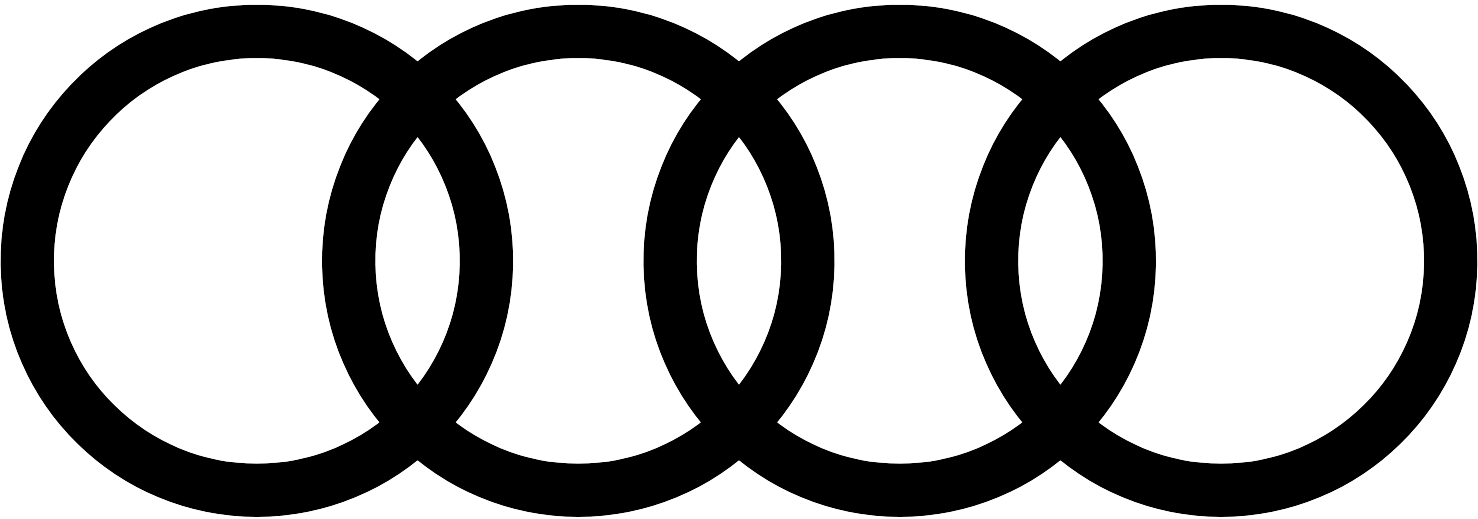





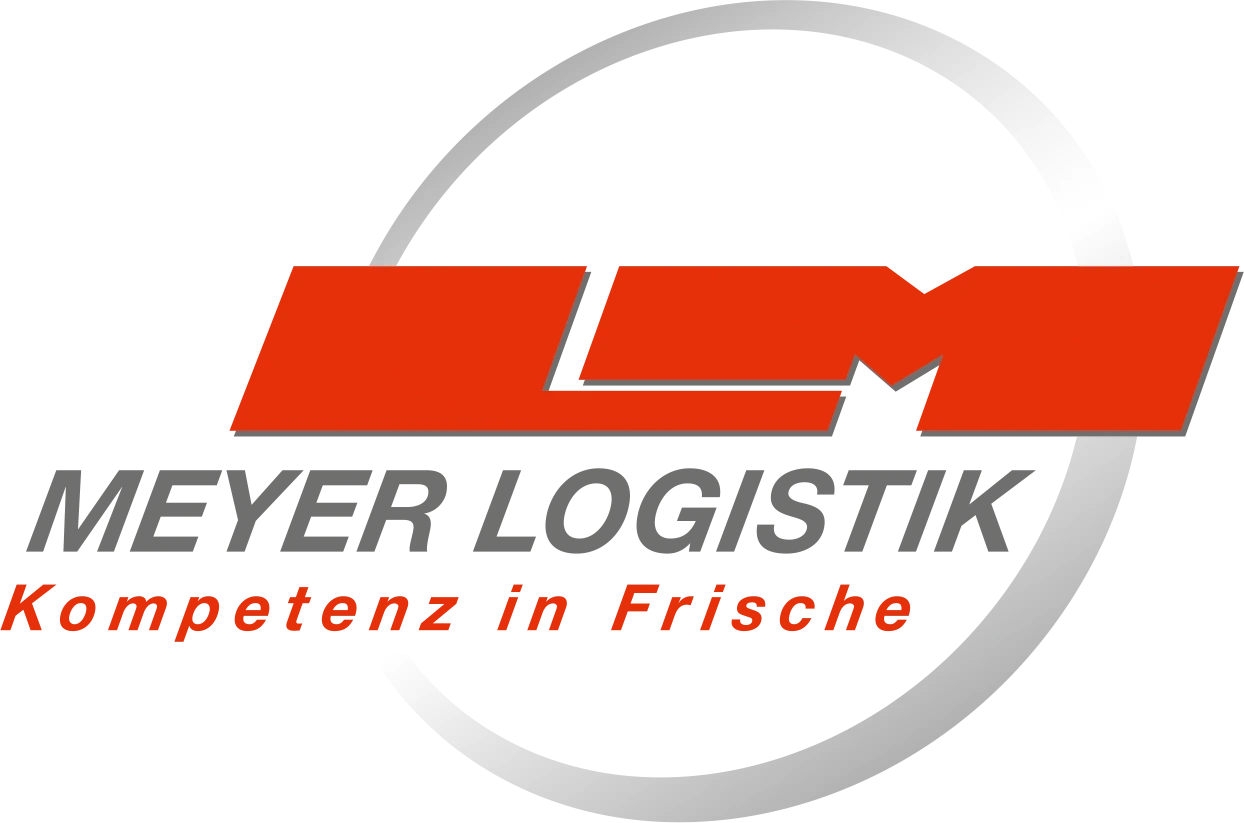



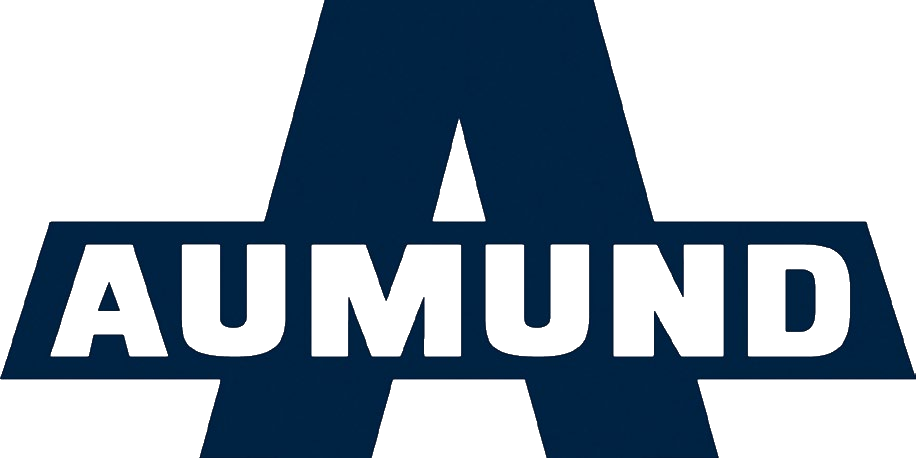


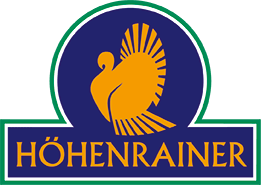

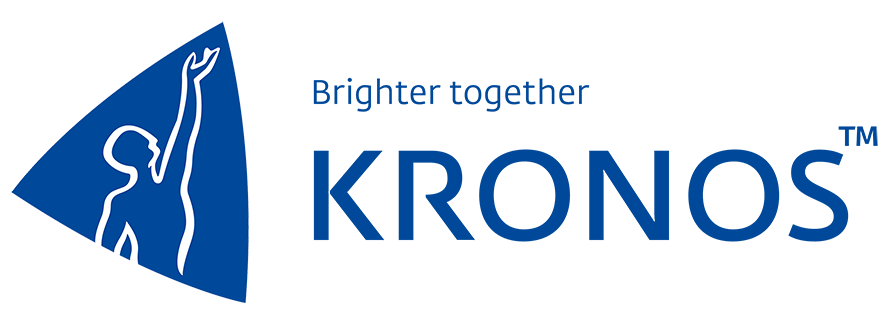




 Certified Security and Data Protection
Certified Security and Data Protection Active Support and Customer success
Active Support and Customer success Flexible and Fully customizable
Flexible and Fully customizable